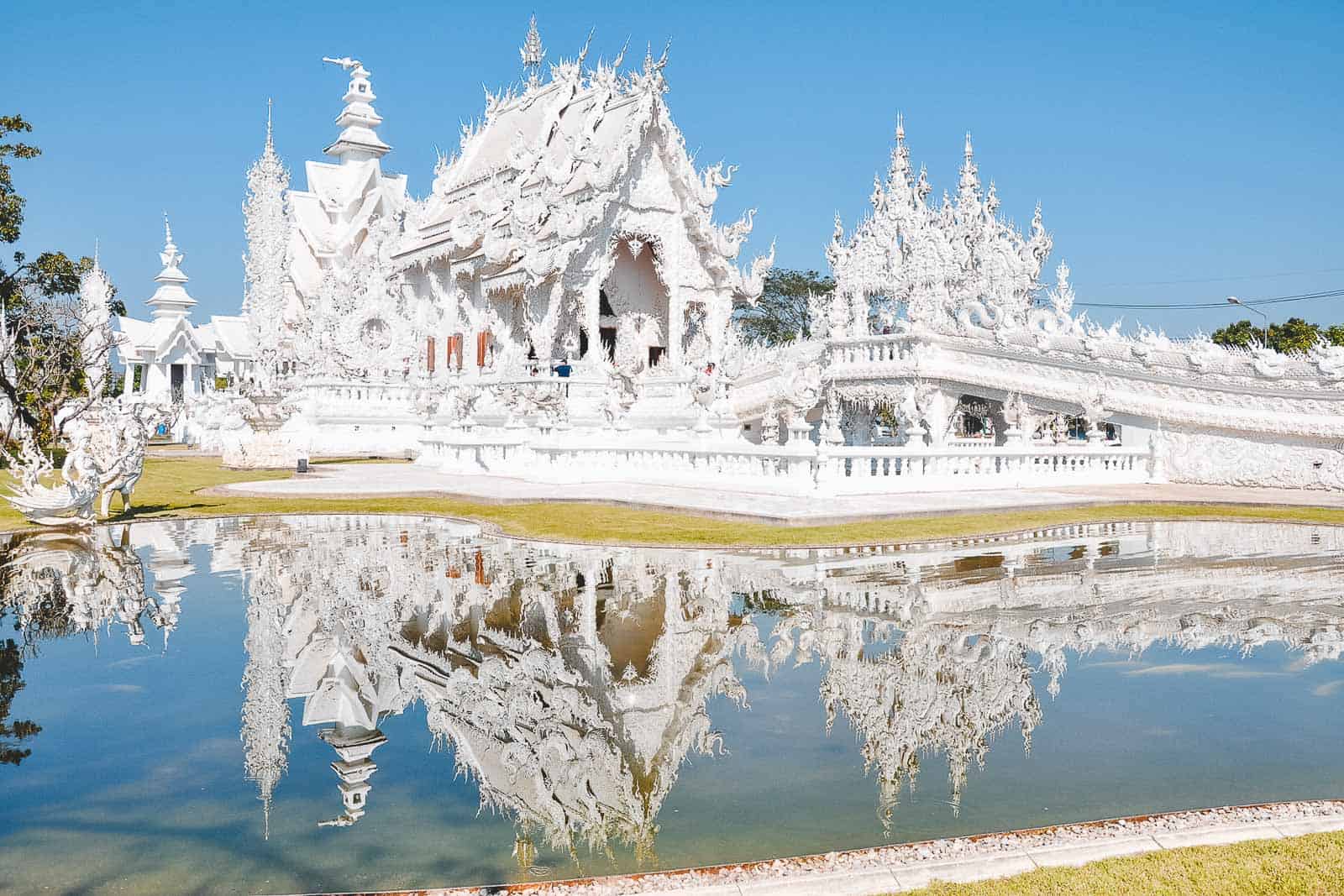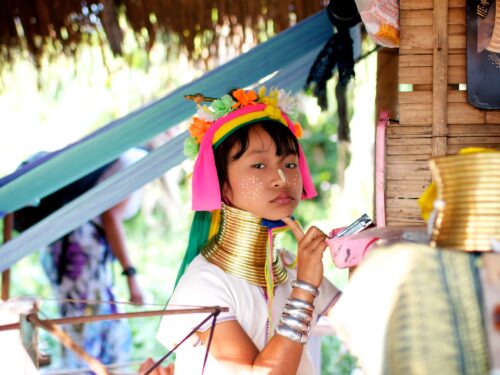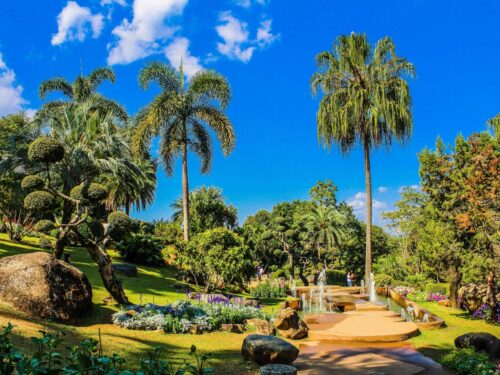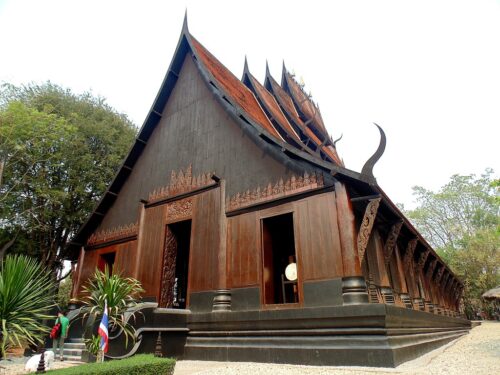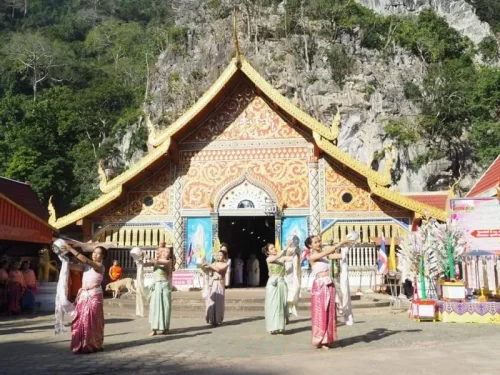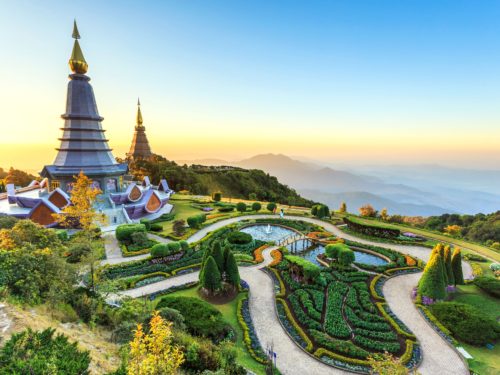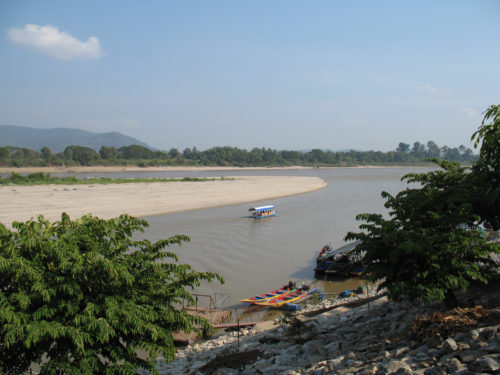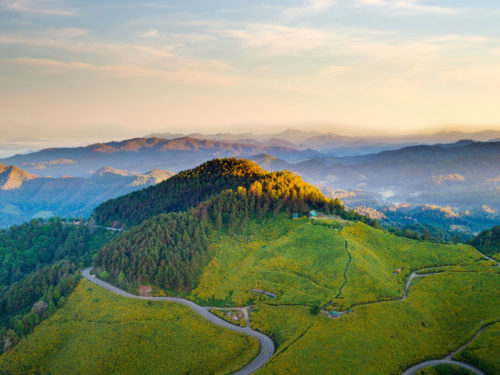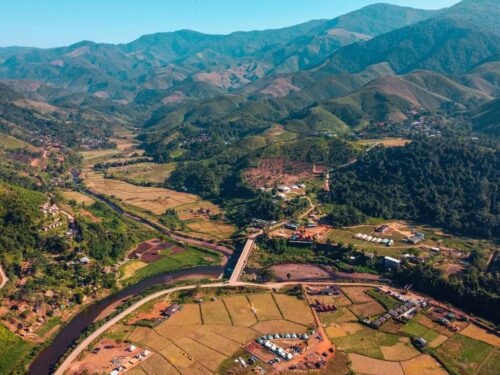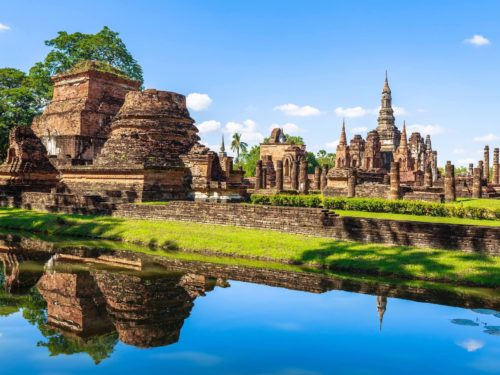Chiang Rai
Chiang Rai
It has a slogan:“Northernmost in Siam, beautiful Doi Tung, repository of culture, most delicious rice, sweet and fragrant litchi, beautiful women, the finest flavored tea, pineapple from Nang-Lae (, and source of the Giant Catfish)”
Chiang Rai, Thailand’s most northern region, is home to an exquisite Lanna Culture and a complex mountain range. The district, which is part of the well-known Golden Triangle region where Myanmar, Laos, and Thailand meet, is also referred to as the entry to Southern China, Laos, and Myanmar.
History
Chiang Rai, which was founded in 1262 by King Meng Rai, was the first capital of the Lanna Thai Kingdom (Kingdom of a million rice fields), which was later conquered by Burma. It was not until 1786 that Chiang Rai became a Thai territory and was proclaimed a province during the reign of King Rama VI in 1910.
Chiang Rai has been inhabited since the 7th century, and in the 13th century it rose to prominence as the capital of the Lanna Thai Kingdom. Up until 1786, the Burmese ruled this area, which was rich in natural resources and textiles. After centuries as a component of the Lannathai kingdom, Chiang Rai was granted provincial status in 1910. Lannathai, which remained an independent territory after being absorbed into Thailand, was in charge of running the Chiang Rai region from Chiang Mai. Opium manufacturing historically centered in Chiang Rai province’s Golden Triangle, which borders Laos and Burma and had a significant impact on cultural customs and lifestyles. Whole clans continue to coexist in bamboo homes, and each hamlet has its own distinct personality.
Natural attractions
Ajarn Chalermchai Kositpipat constructed Wat Rong Khun, which is demonstrated with exquisite white architecture. The region also has Mingmuang Temple, the oldest temple in Chiang Rai, Wat Rong Suea Ten Huay Pla Kang Temple, and the Baan search-result/ tagword/Dam museum, which houses Ajarn Thawan Thanchanee’s art gallery. Some who enjoy the outdoors can climb Doi Pha Tang in the morning to view the sunrise over the Mekong and the sea of mist. At Phu Chi Dao, experience the cold and take in the 360-degree sea vista. Visit Mae Fah Luang Gardens near Doi Tung Palace to view the winter flowers. The “13 Wild Boar Caves” event is being followed at
Weather
October through February are the best months to visit Chiang Rai because the temperature is much cooler and less humid during these months. The yearly average temperature is about 24 °C, however according to the warm or cool seasons, it can vary from 36°C to 10-15°C.
How to get there
Suvarnabhumi Airport will serve as your departure location for flights operated by Bangkok Airways to Chiang Rai. There will be a 1- to 1.5-hour flight.
Bus travel is more affordable but requires a long commute. Bus Terminal 1 (old) and Bus Terminal 2 are the two bus terminals in Chiang Rai City (new).The Average duration is around 10-12 hours (overnight bus) or 12-14 hours (day bus). Most tourists prefer to arrive in Chiang Rai by overnight buses due to saving their budget from booking accommodation for one night. The other type of customers desires to transfer in a day bus in order to observe such natural wildlife and stunning landscapes throughout the routes.
Best attractions in Chiang Rai
Chiang Rai is city in North area close to Laos and Burma border. There are many nice attractions to see More
Best excursions in Chiang Rai
Many short trips you can choose More details
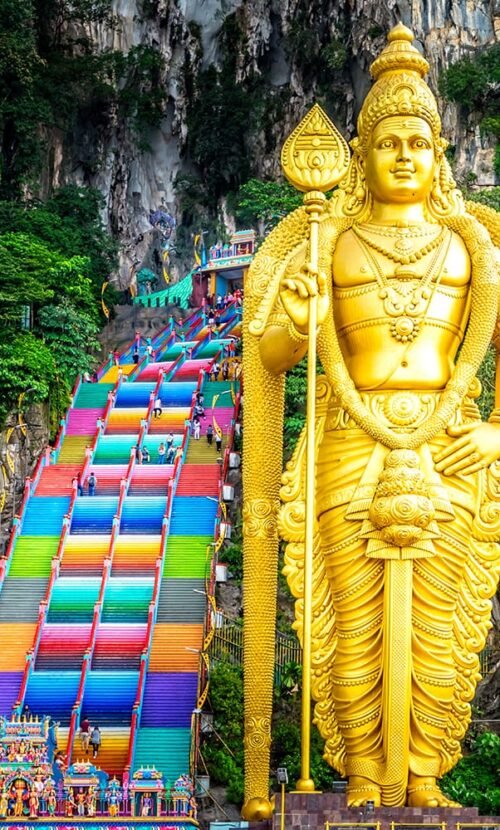
Embark on a 23-day journey through Southeast Asia, and immerse yourself in a diverse range of cultures and experiences. ...
Theme: Thailand Singapore Malaysia Tours
from $2286
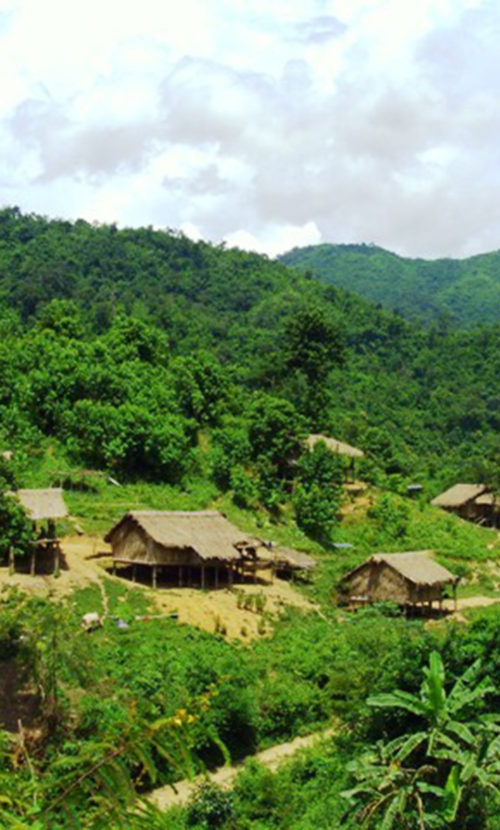
Join in an enchanting journey through the heart of Northern Thailand with our captivating tour. Immerse yourself in ...
Theme: Trekking Tours
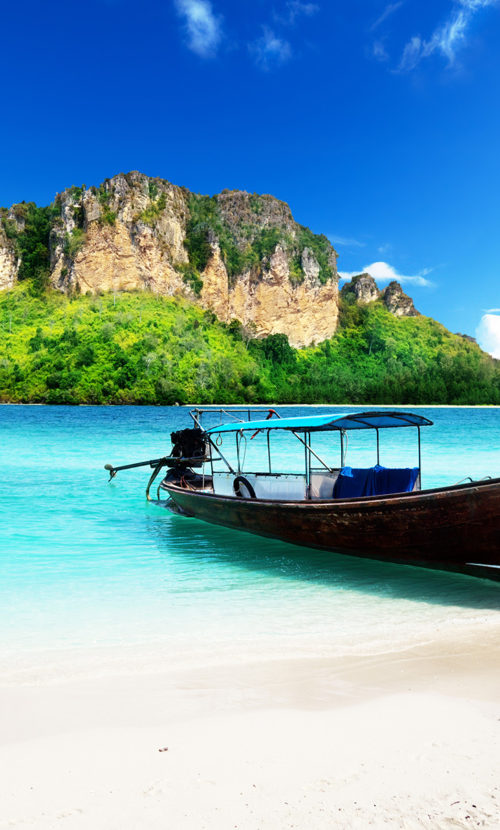
Retrospect and immerse in a back in time Thailand vacation, where captivating experiences await at every turn. Delve ...
Theme: Classic Highlights Thailand tours 18 days
